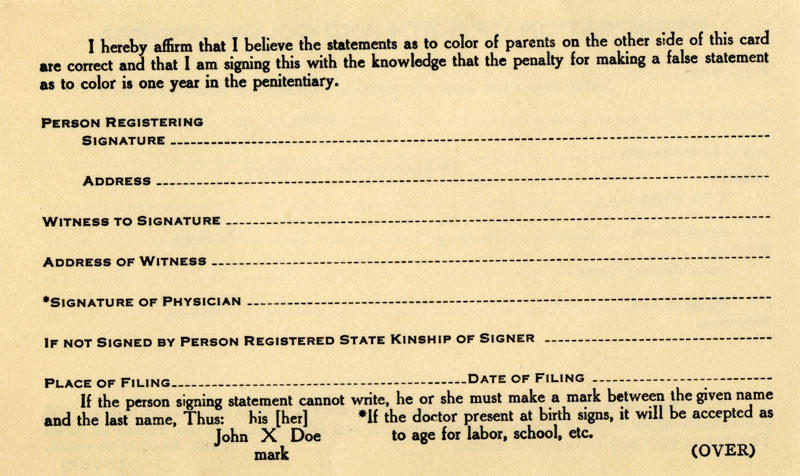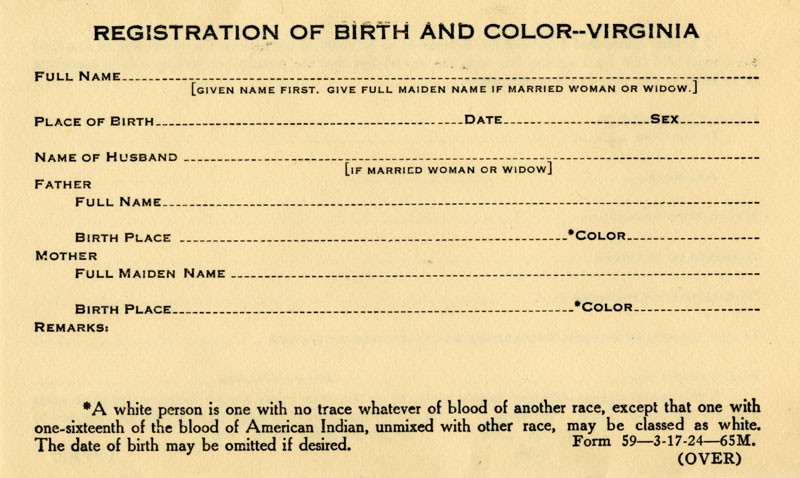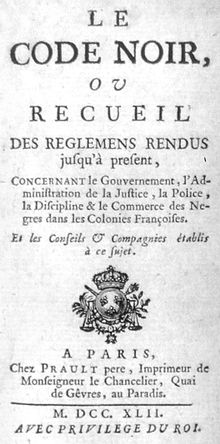Racial Integrity Act of 1924 (State legislature of Virginia)Posted in Definitions, Law, Media Archive, United States, Virginia on 2011-08-06 04:44Z by Steven |
Racial Integrity Act of 1924 (State legislature of Virginia)
The Racial Integrity Act of 1924 of Virginia, United States, was a law that had required the racial makeup of persons to be recorded at birth, and prevented marriage between “white persons” and non-white persons. The law was the most famous ban on miscegenation in the United States, and was overturned by the United States Supreme Court in 1967, in Loving v. Virginia.
- 1. Be it enacted by the general assembly of Virginia, That the State registrar of vital statistics may, as soon as practicable after the taking effect of this act, prepare a form whereon the racial composition of any individual, as Caucasian, Negro, Mongolian, American Indian, Asiatic Indian, Malay, or any mixture thereof, or any other non-Caucasic strains, and if there be any mixture, then, the racial composition of the parents and other ancestors, in so far as ascertainable, so as to show in what generation such mixture occurred, may be certified by such individual, which form shall be known as a registration certificate…
- …4. No marriage license shall be granted until the clerk or deputy clerk has reasonable assurance that the statements as to color of both man and woman are correct. If there is reasonable cause to disbelieve that applicants are of pure white race, when that fact is stated, the clerk or deputy clerk shall withhold the granting of the license until satisfactory proof is produced that both applicants are “white persons” as provided for in this act.
The clerk or deputy clerk shall use the same care to assure himself that both applicants are colored, when that fact is claimed…
To read the complete text, click here.

Registration of Birth and Color, 1924.
Rockbridge County (Va.) Clerk’s Correspondence [Walter A. Plecker to A. T. Shields], 1912–1943.
Local Government Records Collection, Rockbridge County Court Records. Library of Virginia, Richmond, Virginia.

